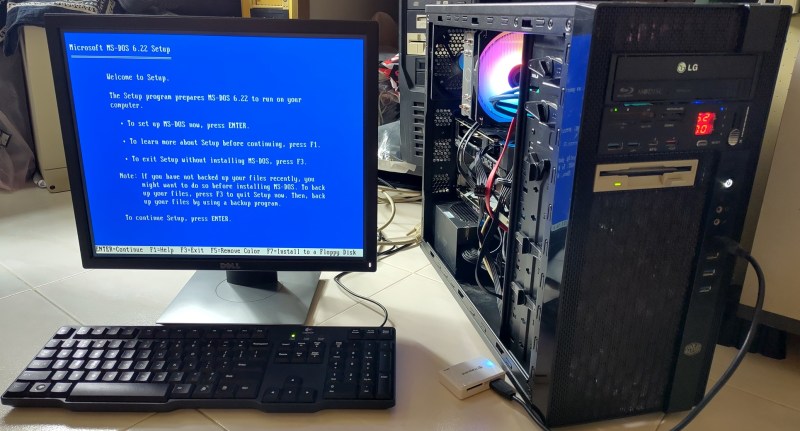HIDman Brings Modern Input to Vintage PCs
![[rasteri] holding his HIDMan USB dongle](https://hackaday.com/wp-content/uploads/2024/11/retro-usb-1200.jpg?w=800)
Retro computing enthusiasts, rejoice! HIDman, [rasteri]’s latest open source creation, bridges the gap between modern USB input devices and vintage PCs, from the IBM 5150 to machines with PS/2 ports. Frustrated by the struggle to find functioning retro peripherals, [rasteri] developed HIDman as an affordable, compact, and plug-and-play solution that even non-techies can appreciate.
The heart of HIDman is the CH559 microcontroller, chosen for its dual USB host ports and an ideal balance of power and cost-efficiency. This chip enables HIDman’s versatility, supporting serial mice and various keyboard protocols. Building a custom parser for the tricky USB HID protocol posed challenges, but [rasteri]’s perseverance paid off, ensuring smooth communication between modern devices and older systems.
Design-wise, the project includes a thoughtful circuit board layout that fits snugly in its case, marrying functionality with aesthetics. Retro computing fans can jump in by building HIDman themselves using the files in the GitHub repository, or by opting for the ready-made unit.
